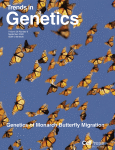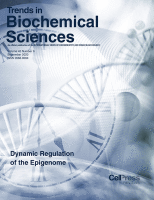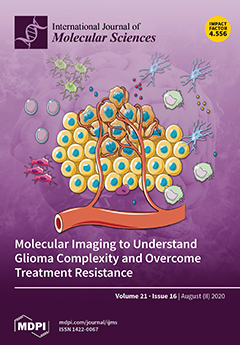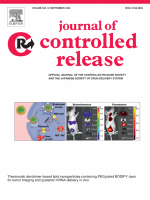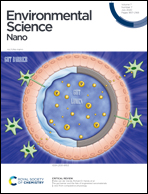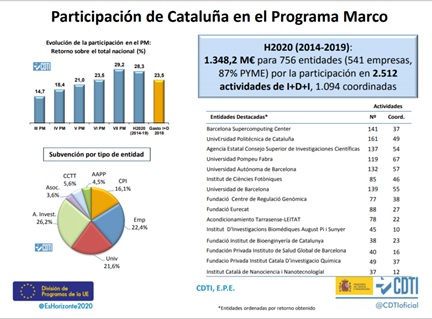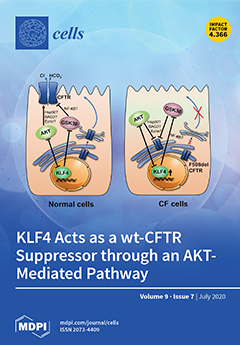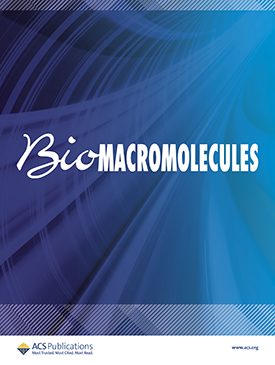
Protein Folding and Conformational Diseases. “Multifunctional amyloid oligomeric nanoparticles for specific cell targeting and drug delivery”
https://pubs.acs.org/doi/10.1021/acs.biomac.0c01103
Abstract
Natural selection has endorsed proteins with amazing structures and functionalities that cannot be matched by synthetic means, explaining the exponential interest in developing protein-based materials. Protein self-assembly allows fabricating complex supramolecular structures from relatively simple building blocks, a bottom-up strategy naturally employed by amyloid fibrils. However, the design of amyloid inspired materials with biological activity is inherently difficult. Here we exploit a modular procedure to generate functional amyloid nanostructures with tight control of their mesoscopic properties. The soft amyloid core of a yeast prion was fused to dihydrofolate reductase through flexible linkers of different s...

